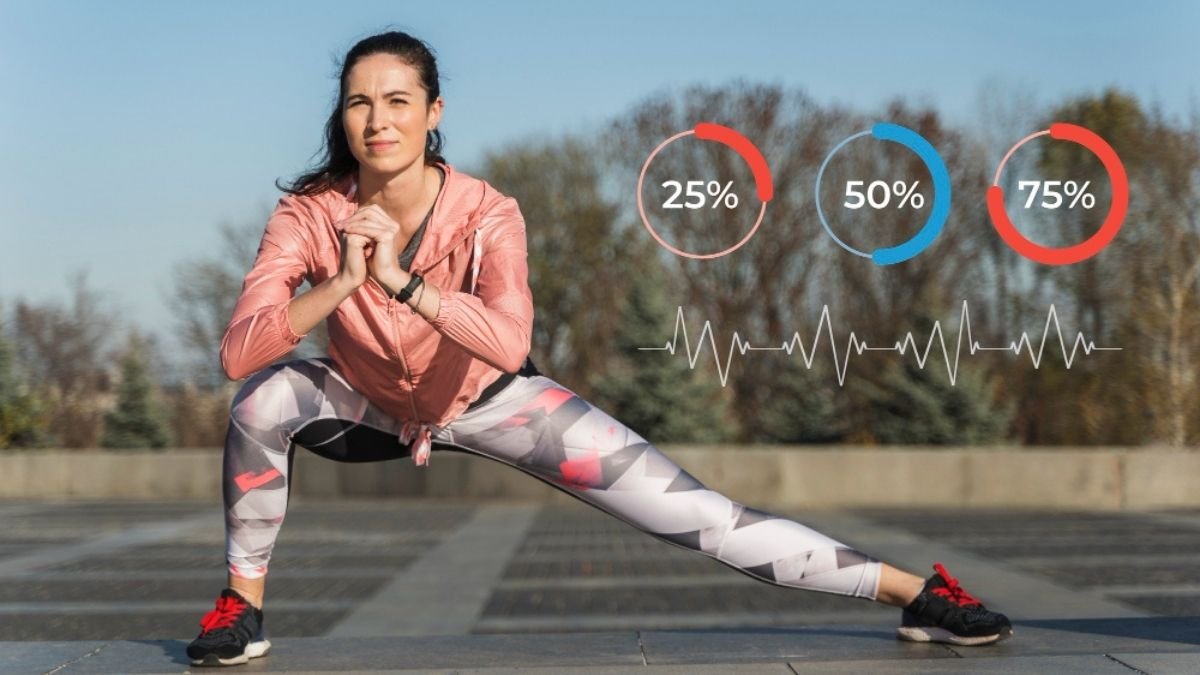
You’re staring at your screen, and you’ve just re-read the same email for the third time. Or you walk into a room, stop, and stand there, completely blank. You have no idea what you came in for.
We call it “brain fog,” and it feels awful. It’s that sluggish, fuzzy-headed feeling where your brain just won’t… click.
We’ve all been told the fix is more exercise. But honestly, who has time for a 60-minute gym session when you’re this buried in work and life? It just feels like another thing to fail at.
But what if the solution wasn’t an hour? What if it were just 120 seconds?
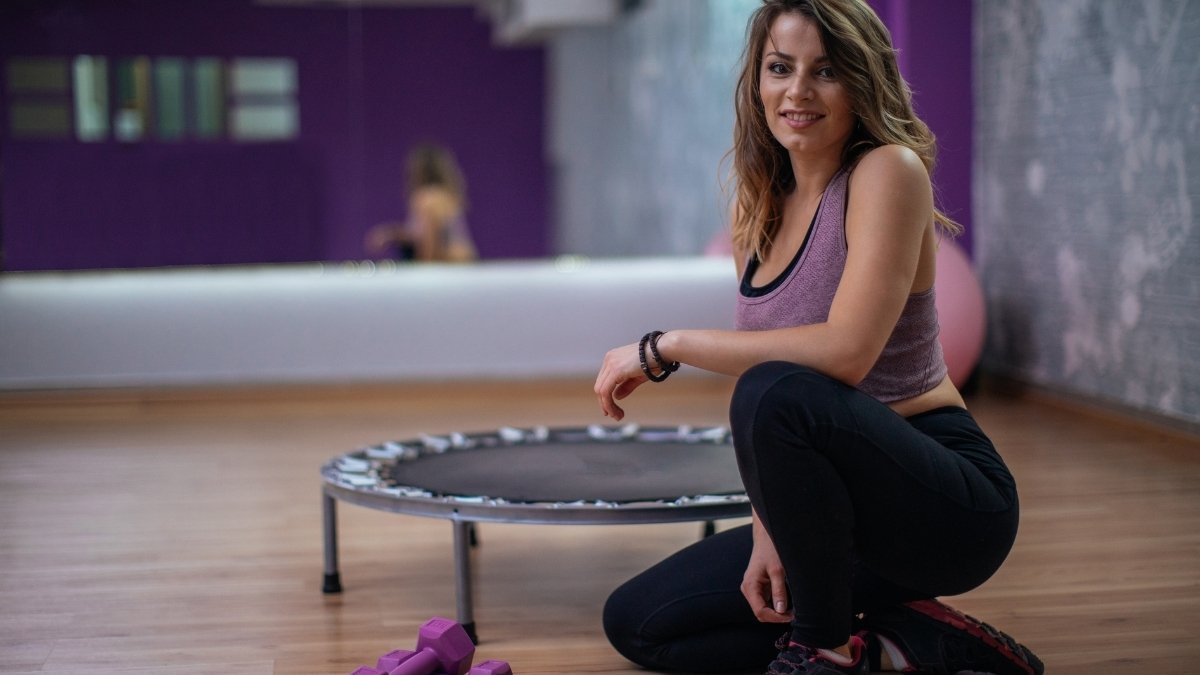
Scientists and researchers are increasingly validating a powerful new concept: the “activity snack.” This isn’t a “workout.” It’s a micro-burst of movement, 30 seconds to two minutes, designed to be done right where you are. And the new science shows these mini-workouts can be a potent tool for slashing through brain fog, sharpening your focus, and even supporting your long-term brain health.
This is a big deal. Right now, nearly one-third (31%) of adults worldwide—that’s about 1.8 billion people—aren’t getting enough physical activity, and that number is rising. We’re not just tired; we’re becoming a globally sedentary-based society, and our brains are paying the price.
This is your permission slip to stop thinking “all-or-nothing.” Let’s explore the science of the 2-minute win.
The Real Bad Guy: Why Your Brain Hates Uninterrupted Sitting

Look, the problem isn’t just that we don’t exercise enough. For your brain, the real villain is uninterrupted sitting.
This is a new and critical distinction. A stunning 2025 study from Vanderbilt University Medical Center delivered the bad news: they found that increased sedentary behavior was associated with cognitive decline and even brain shrinkage.
And here’s the kicker: this was true regardless of how much participants otherwise exercised.
Let that sink in. Your 30-minute morning run is fantastic, but it might not be enough to undo the neurological damage of sitting at a desk for the next eight hours straight. When we sit for too long, our metabolism tanks, our brain’s ability to use its primary fuel (glucose) gets sluggish, and that’s when the “brain fog” rolls in. It’s also linked to a higher risk of depression.
This is why “activity snacks” are the perfect antidote. Their job is to interrupt the sitting.
Dr. Francisco Lopez-Jimenez, a cardiologist at the Mayo Clinic, puts it perfectly. He says that just two or three minutes of activity can “reset your metabolic clock”. He’s seen it in his research. “It has been impressive,” he says, “the biological changes those activity snacks can induce… in the metabolism of the sugar, in the metabolism of the cholesterol”.
And the best part? “You will see how that little thing will even sharpen your mind for the next half an hour, 45 minutes, absolutely”.
What’s Actually Happening in Your Brain? (It’s Cooler Than You Think)
So what’s this 2-minute miracle really doing? It’s not just “waking you up.” It’s setting off a cascade of powerful neurobiological events.
1. The “Spark” (A Jolt of Focus)

The most immediate effect is a “spark” of arousal. A quick burst of activity releases a flood of neurotransmitters like noradrenaline and dopamine. Think of it as your brain’s own natural, built-in focus serum. This is what you feel as “sharper.” And the best part? Research shows these positive effects on your executive functions—like attention and working memory—can last for up to two hours after you stop moving.
2. The “Fertilizer” (Miracle-Gro for Your Brain)
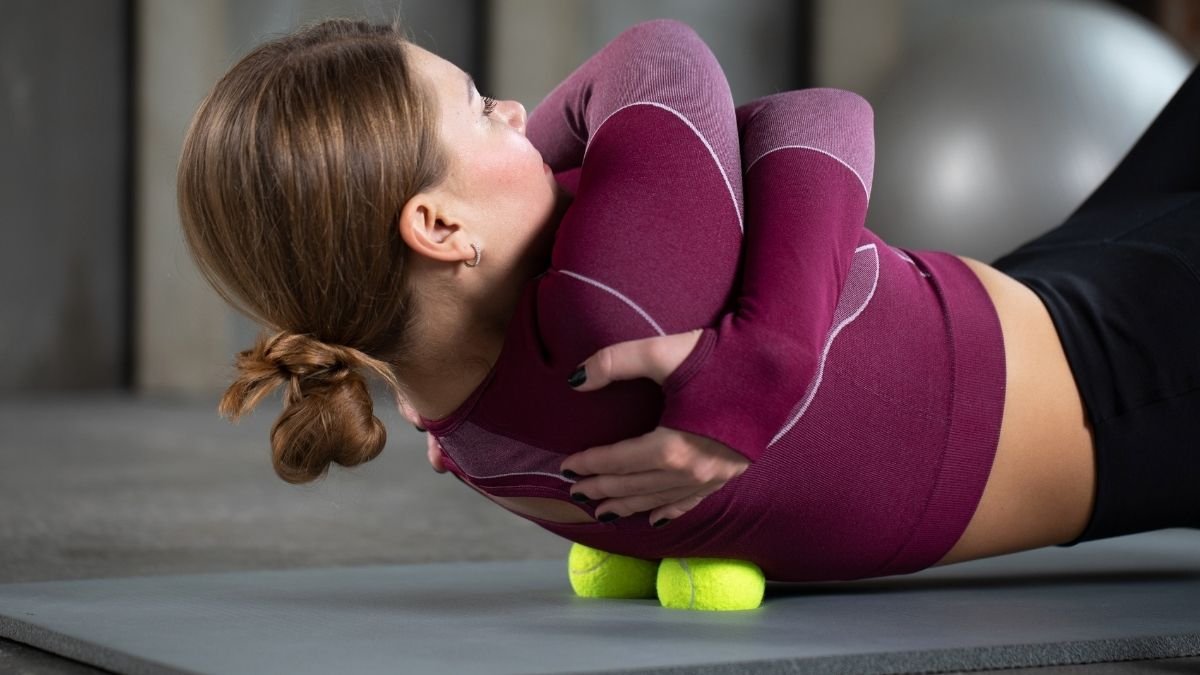
This one is the big one. Exercise triggers the release of a protein called Brain-Derived Neurotrophic Factor (BDNF). Neuroscientist Dr. Wendy Suzuki has a better name for it: she calls it “Miracle-Gro for your brain”.
She’s not kidding. She also refers to it as a “watering can for your hippocampus,” which is your brain’s key memory center. BDNF is literally the “fertilizer” that helps your brain grow new connections and “save” new memories. Dr. Suzuki, who has Alzheimer’s in her family’s DNA, says she exercises to make her hippocampus as “big and fluffy as it can be”. Who doesn’t want a “fluffy” brain?
And you don’t need a marathon to get it. A 2017 study found that just 10 minutes of maximal-effort contractions using only the forearm was enough to significantly boost BDNF levels. This proves that short, vigorous, and even localized activity works.
3. The “Delivery Truck” (Fresh Fuel and Oxygen)
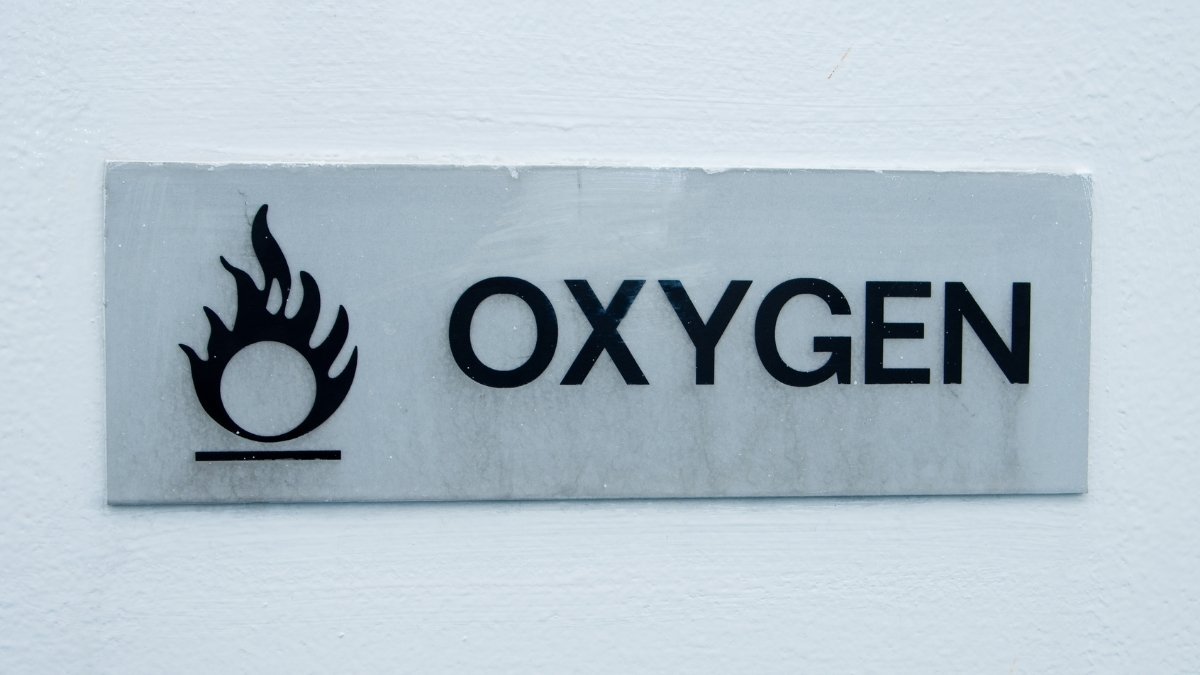
This one’s simple. You move, your heart pumps. That 2-minute burst of high knees? It’s forcing your heart to boost cerebral blood flow (CBF). This acts like a delivery truck, shoving a fresh supply of oxygen and nutrients to your brain, which is a massive energy hog and needs it for peak performance.
4. The “Surprise Fuel” (Why Muscle Burn is Good)
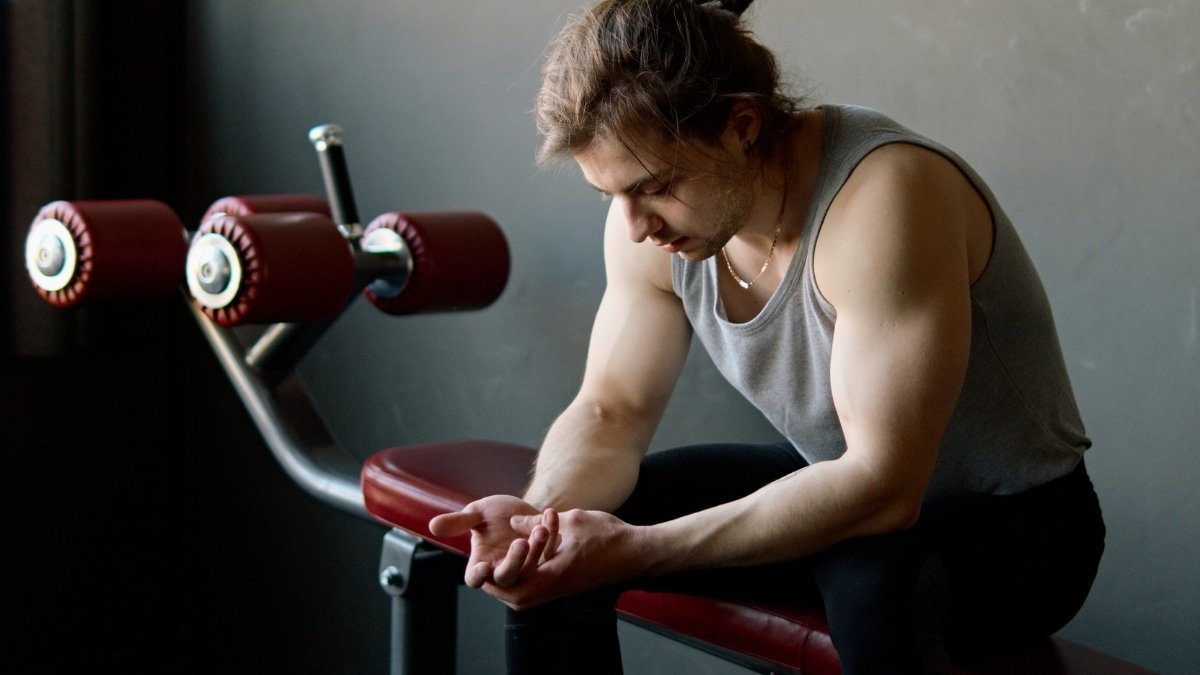
This one’s my favorite. For decades, we were all told that lactate was just a “waste product”—the stuff that makes your muscles burn.
Turns out, we were wrong. Research now shows that lactate is actually a “surprise fuel” for the brain. Your brain cells (neurons) can and do slurp it up as a high-efficiency energy source, especially when you’re doing demanding tasks. It’s even been shown to play a direct role in forming long-term memories. So the next time you feel that burn, remember: that’s not waste, that’s fuel for your brain.
Let’s Kill the Big Myth: The “10-Minute Minimum”
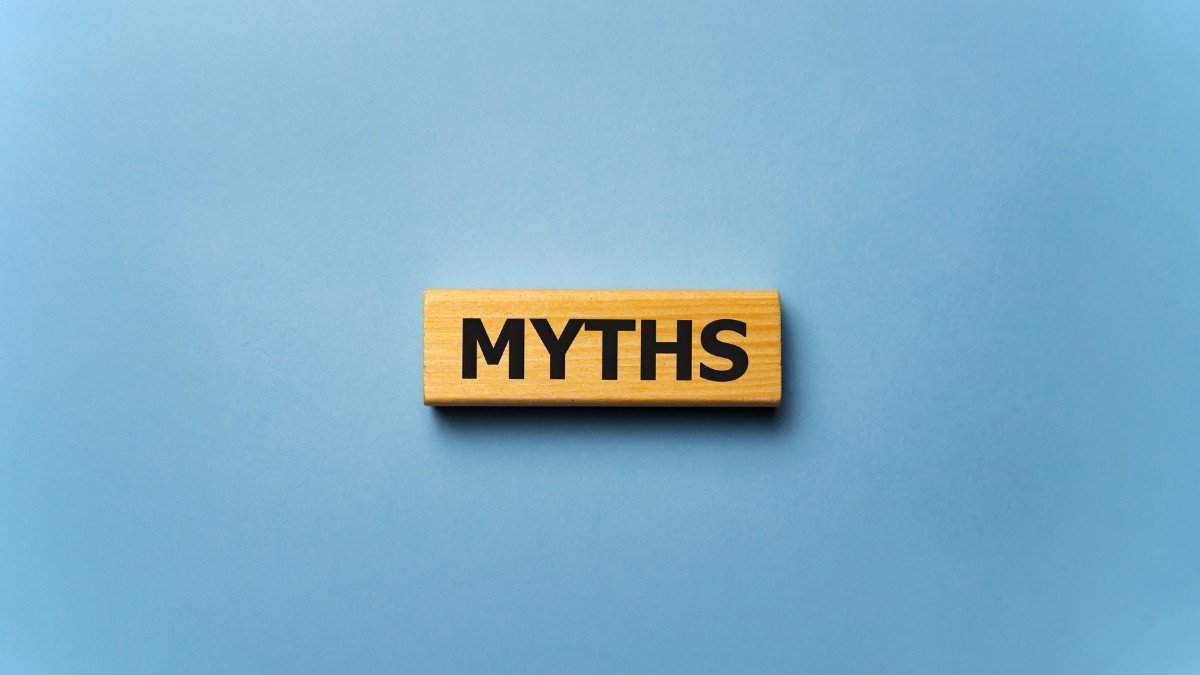
Okay, let’s talk about the elephant in the room. It’s that nagging voice in the back of your head, the one that says, “This is pointless. If it’s not at least 10 minutes, it doesn’t even ‘count’.”
We all have that voice. And it’s wrong.
That “10-minute rule” is officially debunked. For years, it was part of public health guidelines, but it was based on outdated science. In 2018, the U.S. Physical Activity Guidelines officially removed the 10-minute minimum requirement. The 2020 World Health Organization guidelines followed suit, stating that all physical activity counts.
Your body doesn’t have a stopwatch. It just registers movement. Studies have shown that accumulating your exercise in short “snacks” (like three 10-minute bouts) gives you the same health benefits as one continuous 30-minute session.
The evidence is clear: two minutes is infinitely better than zero minutes.
Your 2-Minute Brain-Boost Menu: 9 “Activity Snacks”
Alright, so how do we do this? Here’s a simple “menu” of 9 “activity snacks” you can try.
I’ve divided them into three categories. Cardio Bursts are for that big, immediate neurochemical and blood-flow spike. Cross-Body Coordination moves are cognitively engaging; they force the left and right hemispheres of your brain to talk to each other, which is fantastic for your brain. And “Neurobic” Dexterity moves are designed to build new, novel pathways by forcing your brain off “autopilot.”
The 2-Minute Brain-Boost Menu: 9 “Activity Snacks”
🧠 9 Brain-Boosting “Exercise Snacks” for Instant Focus & Energy 🚀
| The “Snack” (Exercise) | How-To (1-Sentence Cue) | Primary Brain-Boost (The “Why”) | Best Time to Use (The “When”) | Beginner Modification |
|---|---|---|---|---|
| 1. High Knees | Stand and run in place, driving knees up toward the chest while pumping the arms. | **Cardio Burst:** Triggers a major release of neurotransmitters (arousal) and BDNF. | Before a study session (to boost free recall). | **Walk-in-Place:** Focus on a brisk, intentional pace. |
| 2. Jumping Jacks | Jump, spreading legs wide while bringing arms overhead, then jump back to the center. | **Cardio Burst:** A full-body movement for a rapid increase in heart rate and cerebral blood flow. | During a mid-day slump (for a fast energy/focus spike). | **”Half-Jacks”:** Step one foot out to the side at a time, still moving arms. |
| 3. Stair Climbing | Find a staircase and walk or run up it vigorously for 1–2 minutes. | **Cardio Burst:** A proven “VILPA” that combines cardio with lower-body strength. | After a big meeting (to help consolidate who said what). | Walk up the stairs at a steady, intentional pace. |
| 4. Wall Push-ups | Stand arm’s length from a wall, hands shoulder-width apart; lower chest toward the wall, keeping back straight, and push back. | **Tension-Release:** When feeling stressed, the rhythmic pushing motion can be meditative. | When feeling stressed, the rhythmic pushing motion can be meditative. | Use a desk or sturdy countertop for a steeper angle. |
| 5. Cross-Body Taps | Stand and tap the left hand to the right lifted knee, then the right hand to the left lifted knee. | **Cross-Lateral:** Forces the left and right hemispheres of the brain to communicate, enhancing coordination. | Before a creative or problem-solving task. | Perform the movement **slowly and intentionally**, focusing on balance. |
| 6. Elbow Crawl | Touch fingertips to shoulders; bring the left elbow and right knee together toward the body’s center. Repeat on the other side. | **Cross-Lateral:** A more advanced “cross-crawl” that adds trunk rotation and engages the core. | When feeling ‘stuck’ in a mental rut. | Perform the movement **while seated in a chair**. |
| 7. Finger Lifts | Place the palm flat on a desk; try to lift only the ring finger, then only the index finger, keeping others still. | **Neurobic/Dexterity:** Creates novel neural pathways by isolating fine motor control. | While a page is loading (a 30-second “brain wake-up”). | Use the other hand to gently **lift the isolated finger**. |
| 8. Fist Squeeze | Make a gentle fist, wrapping the thumb across the fingers; hold for 3-5 seconds, then release and spread fingers wide. Repeat. | **Neurobic/Tension-Release:** Simple motor activation and tension release. | Before writing a list (right hand) or trying to remember it (left hand). | Squeeze a **soft stress ball**. |
| 9. Non-Dominant Hand | Take 60 seconds to use the computer mouse or brush teeth with the non-dominant hand. | **Neurobic Challenge:** Forces the brain out of “autopilot” mode, strengthening new connections. | At the start of the day (to ‘wake up’ the brain). | Start with a simple task, like **opening a door**. |
Pro-Tip: When You “Snack” Matters (A Lot)

Want to get the absolute most out of this? It’s not just that you do it, but when you do it. The timing of your “snack” relative to a mental task can completely change the benefit you get.
A major 2024 meta-analysis figured out the “rules” for timing your exercise to maximize memory.
Rule 1: To learn something new… “Prime the Brain”
The study found that exercise performed prior to learning something new had its strongest effect on free recall.
In simple terms, “Free-recall” is pulling information out of thin air. Think: remembering your grocery list, giving a presentation without notes, or answering an essay question.
The Play: Before you sit down to study or memorize a speech, do a 90-second “Cardio Burst” (like High Knees). This “primes” your brain to store that information for later retrieval.
Rule 2: To save what you learned… “Hit the ‘Save’ Button”
Conversely, the study found that exercise performed following a learning task had its biggest impact on recognition memory.
In simple terms, “Recognition” is identifying information as familiar. Think: acing a multiple-choice test, recognizing a new client’s face, or remembering you’ve heard that song before.
The Play: The moment you finish a big meeting, a complex lecture, or a new training module, take a 2-minute “snack” (like a brisk walk up the stairs). This helps your brain consolidate what you just learned, effectively “hitting the save button” on that new memory.
Rule 3: Don’t Do It During
This was the most surprising finding. Exercise performed at the same time as the learning task (like reading a textbook while on a treadmill) had no positive influence on memory.
Your brain can’t optimally encode new information while also managing the demands of exercise. So, stop trying to multitask. Use the “exercise snack” as a distinct break—a “palate cleanser” before the work, or a “save button” after it.
Your First 2-Minute Win

Look, this isn’t about a massive life overhaul. You don’t need new shoes, a gym membership, or a 5 AM alarm.
This is about permitting yourself to take two minutes.
The biggest hurdle isn’t the effort; it’s our own skepticism. It’s the “all-or-nothing” mindset that tells us something this small can’t possibly work. But the science is conclusive: these “activity snacks” are not a gimmick. They are a potent, evidence-based tool to fight the harmful effects of sitting and to give your brain an immediate, measurable boost. So, here’s your call to action. Don’t wait until “later.”
Pick one exercise from that table. Just one. Do it right now (or the next time you stand up). Congratulations. You just completed your first 2-minute win.
My ‘Desk-Side’ Toolkit: A Few Gadgets That Help
Look, I get it. Remembering to do ‘High Knees’ on your own can feel weird at first, especially in a quiet office. Sometimes, the easiest way to build a new habit is to have a physical ‘thing’ that reminds you.
It’s not about buying expensive gear—it’s about finding little tools that make moving while you’re at your desk so easy, you don’t even have to think about it. Here are a few things I’ve seen that really seem to help people stick with it.
1. Under-Desk Pedal Exerciser:
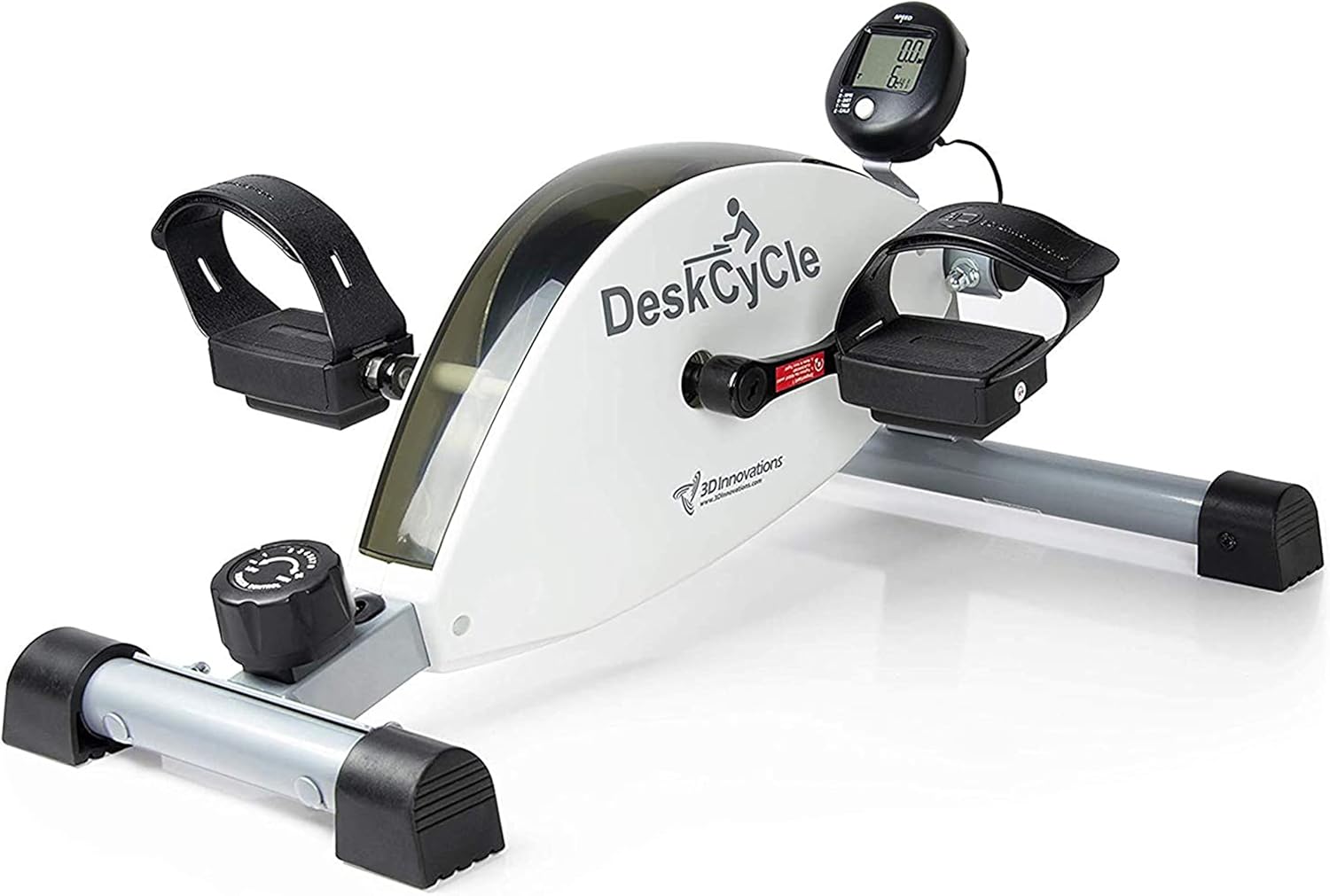
This is the most straightforward way to keep the blood flowing (and that “Delivery Truck” mechanism running) while you’re in a meeting or writing emails. The DeskCycle 2 is a really popular one because it’s quiet and low-profile, so your knees aren’t banging against your desk.
2. Standing Desk Balance Board:

If you have a standing desk, this is a total game-changer for engaging your brain. A simple balance board, like one from FluidStance, forces your body to make constant micro-adjustments. This keeps your core and stabilizing muscles active and can help you focus way more than just standing still.
3. Finger/Grip Strengtheners:

This is perfect for the “Neurobic” exercises. Instead of just squeezing your fist, you can use a grip strengthener or, even better, a finger stretcher (the ones that look like a rubber-band web). It’s a great way to do something physical that actually challenges your brain’s fine motor-control pathways right from your chair.
4. A Simple Jump Rope:

You don’t even need to use this at your desk. Keep one handy for a true 2-minute “Cardio Burst.” When you feel the brain fog setting in, just step away, do 120 seconds of jumping, and come back. It’s maybe the most efficient way to get that “Spark” and “Fertilizer” (BDNF) we talked about.
5. Under-Desk Elliptical:

If you want something more than just pedals, a compact strider (like the Stamina InMotion) lets you get a bigger range of motion. You can use it while sitting, or even stand up and use it as a mini-stepper to get your heart rate up fast between tasks.






